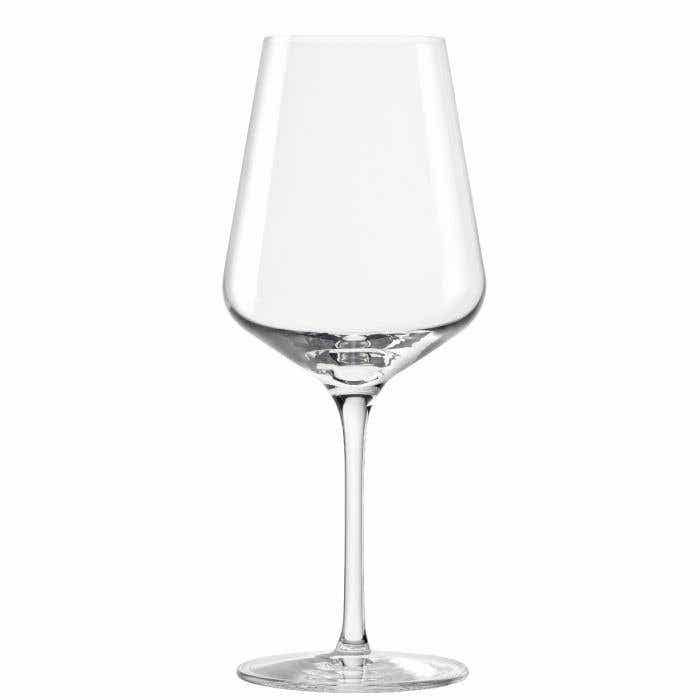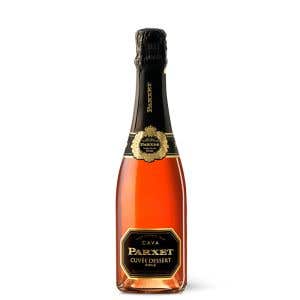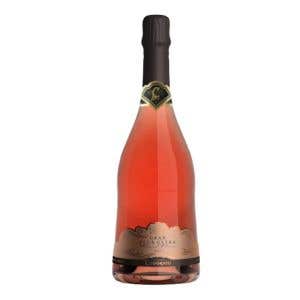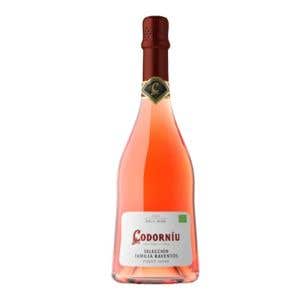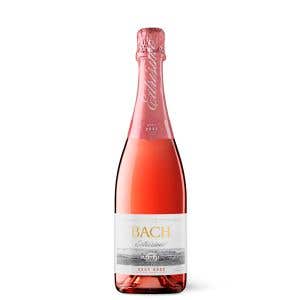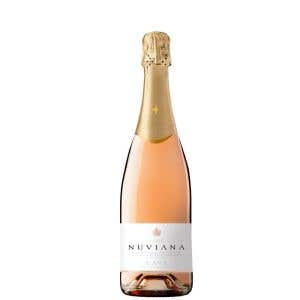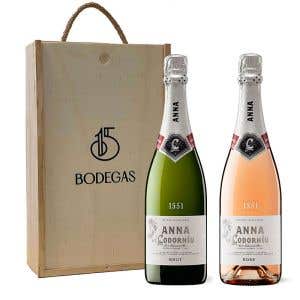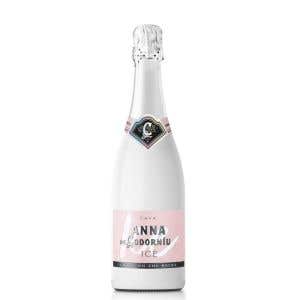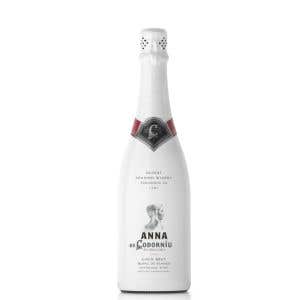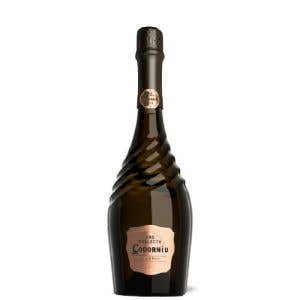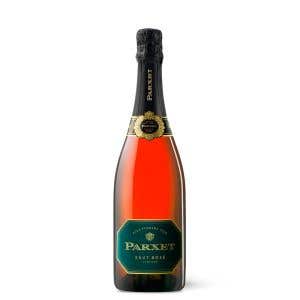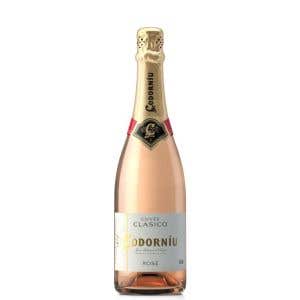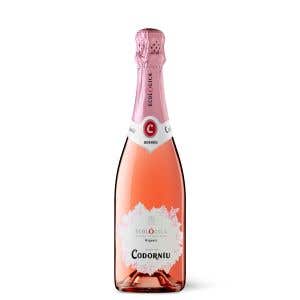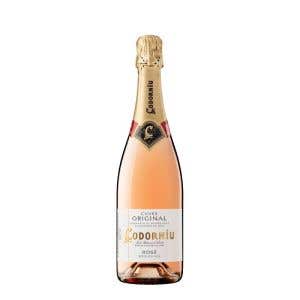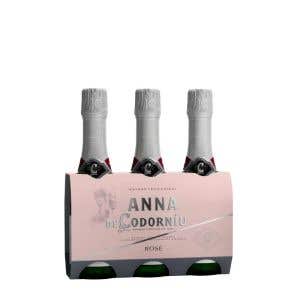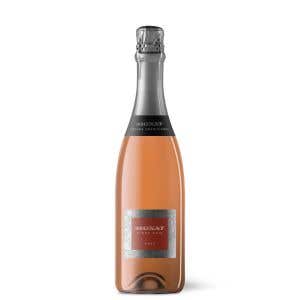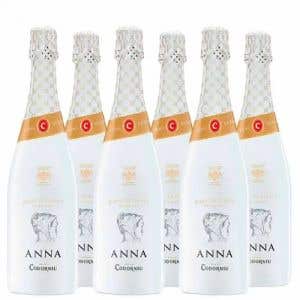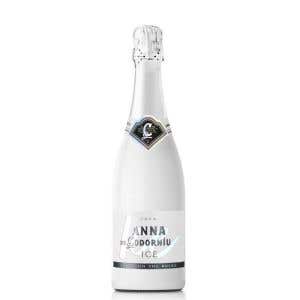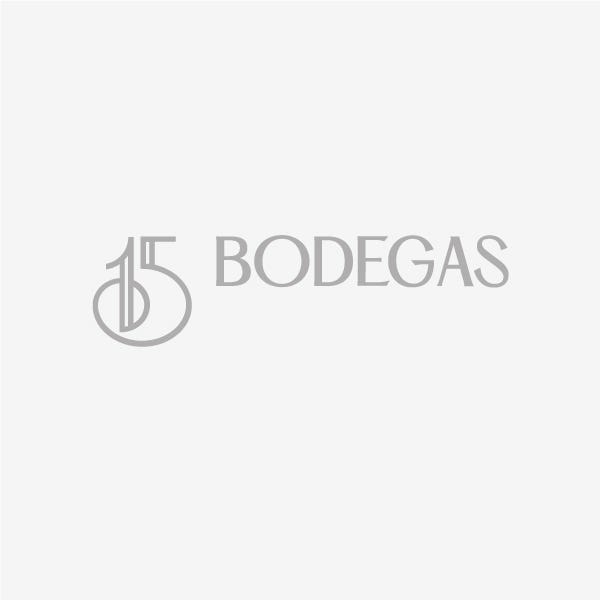Good acidity, long, and persistent.
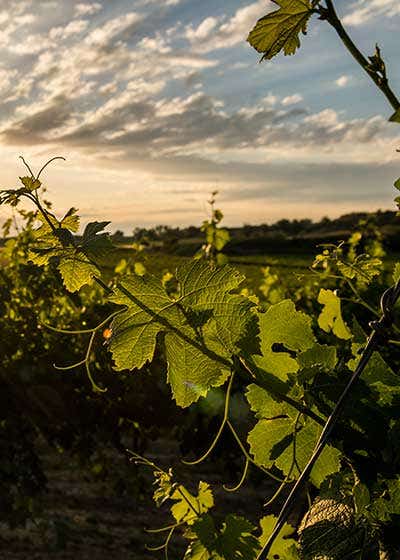

Anna is our tribute to the last person in the family to carry the Codorníu surname, who, in 1659, married the winemaker Miquel Raventós. Due to its history, its blend, and its versatility, Anna has become the most iconic cava of Codorníu.
Anna Icónica is our tribute to the woman who changed our history. Master, icon and legend.
Anna Icónica shows its essence transparently, reveals all its purity and perfection.
A cava par excellence for gastronomy, it pairs perfectly with a wide variety of dishes. The perfect complement for dishes containing blue fish (tuna, salmon, or sardines), rice, and pasta. It is also ideal for pairing with legume salads, vegetables, and dark meat poultry such as quail or pheasant. Perfect for enjoying by the glass with all kinds of tapas.
View
Brilliant and clean pale pink color, with violet reflections. Continuous bead and persistent crown.
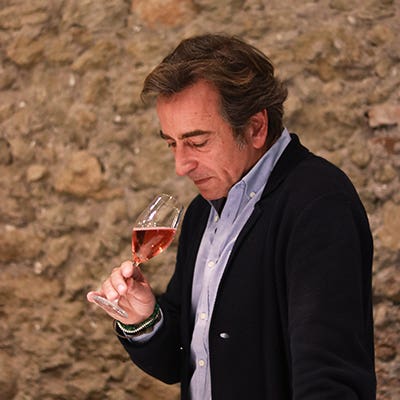

Nose
At first, fruity aromas of cherry, raspberry, and cantaloupe melon emerge. Later, citrus notes, such as grapefruit, begin to appear, and finally, violet notes are revealed.
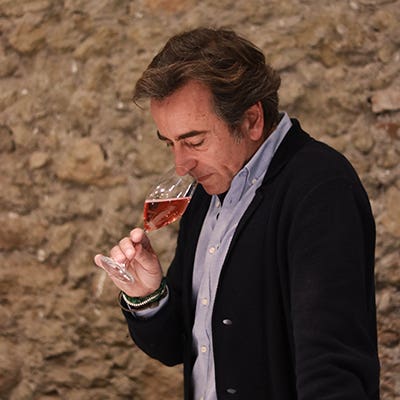

Palate
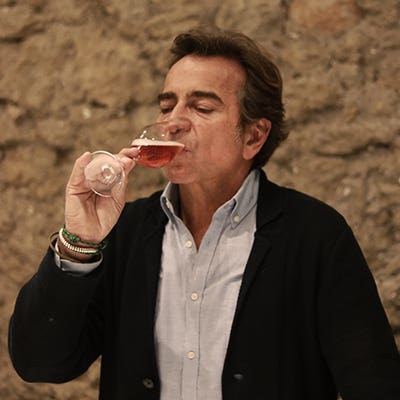

Varieties and Analysis
Yes
Contains sulfites11.5%
Alcohol volume (%)D.O. Cava
Designation of OriginPinot Noir
Variety/CoupageRosé cava
ProductNo
Suitable for vegansThe Winery
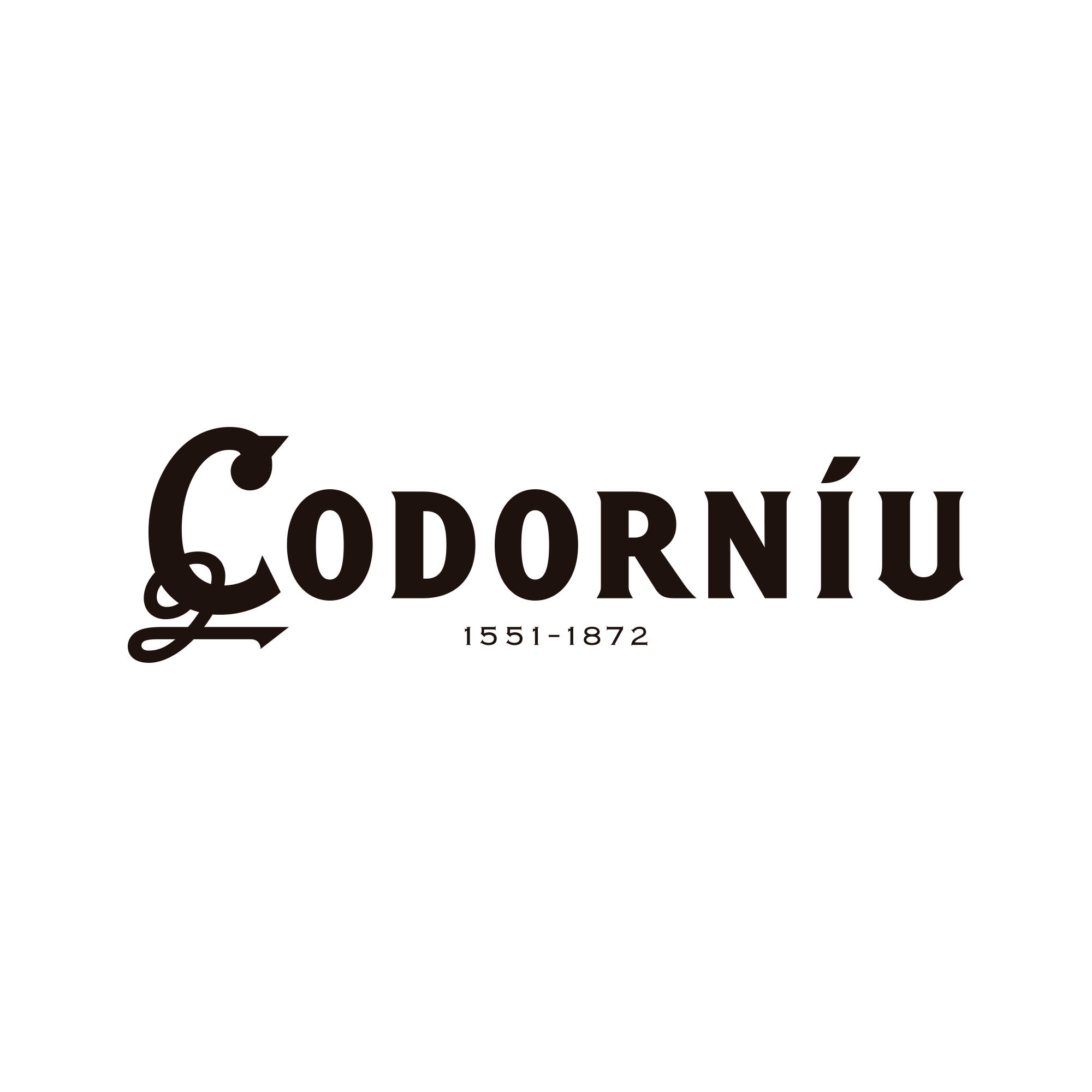

The history of Codorníu is the story of 18 generations of a vine growing family. In 1872, Josep Raventós made the first bottle of cava, applying the traditional method to a blend of the grape varieties of Penedès: Macabeo, Xarel·lo and Parellada. Codorníu reflects the history, tradition, passion and expertise of a family winery with more than 450 years of history, which today continues to maintain its leading position in the production of quality wines and cavas. His cellars in Sant Sadurní d’Anoia were declared a National Historic Artistic Monument in 1976, as one of the key works of Catalan modernism, created by Puig i Cadafalch.
Elaboration - Vinification
We plan the optimal harvest moment, selecting Pinot Noir grapes with the greatest potential for aging resistance, aiming for a low pH and very high acidity.
These characteristics will make the cava potentially resistant to the passage of time, even in a transparent bottle. Only harvests with this potential will be used to produce Anna Icónica Rosé. After destemming, we leave the must in contact with the skins for about 3 or 4 hours. Then, we filter the must, which is now pink in color, and fermentation begins at a controlled temperature, following the addition of selected yeasts. Once fermentation is complete and the wine is clarified, it is bottled together with the tirage liqueur (a mixture of sugar and selected yeasts). The bottles are moved to the underground cellars (at a constant temperature of 15ºC) where a second fermentation takes place, followed by a period of aging in contact with the yeast lees. In total, the wine will spend a minimum of 9 months in the cellar, after which riddling (bottles are rotated to help agglutinate and eliminate sediment) and disgorging occur, at which point the sediment from the second fermentation is removed. A dosage of expedition liqueur is then added, which will determine its Brut dosage. Finally, the bottle is sealed with a cork.


Vineyard - Viticulture
The Pinot Noir grapes used for the production of Anna Icónica Rosé come from our own vineyards located in the most continental climate region of the D.O. Cava, in Lleida.
This climate favors optimal concentration, lower acidity, more body, and greater intensity in the grape. The cultivation systems follow integrated production criteria and are specially adapted for sparkling wine production. Harvesting takes place before mid-August and is always carried out during the night to keep the grapes as fresh as possible, preserving their aromas and preventing oxidation or spontaneous fermentation.

